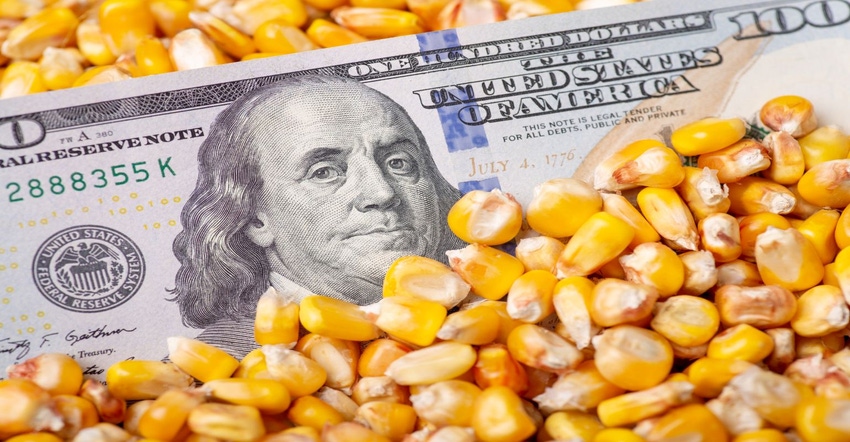
Roger, I have my corn priced in the December 2022 futures as an HTA at the elevator. I always sell December futures long before the crop is made and then, at peak harvest, roll the Dec HTA to July to capture the carry. This year there just isn’t any carry to be had out to the July. There is seven cents to the March; should I roll now and grab the seven cents and then roll this winter to July when there should be some carry? Thanks, Jim
Before I answer that question, let me offer some explanations.
Carry is the return to storage. It is the number of cents per bushel the market is willing to pay for people to store grain. The futures market has its carry and the basis (cash) market will have a different carry.
Even though Jim knows he will be emptying his bins most years in July, he sells Dec futures when he thinks the high is near because he knows December corn will decline more into harvest than the deferred months. That is because as the market sees weather risk being reduced throughout the growing season (more confident we will have a decent crop), the market knows most of a normal crop will have to be stored. That there will be more corn than needed at harvest and those bushels will have to be stored.
Most people will not store corn without compensation, so the market builds carry into the market to make sure people will store corn. If you pay attention, on days when prices are weak, usually, the nearby months decline more than the deferred months. That is how carry is built into the market.
On May 16th, 2022, March corn settled at a price that was 2½ cents over the December. Yesterday (October 13th), March corn settled at a price that was 7¼ cents over December. Jim made an additional 4¾ cents a bushel, by hedging his corn in the December instead of the March. Most years, December corn would decline 10 or more cents than the March.
What if Jim had hedged the July instead of the December? On May 16th, July corn was 7¼ cents under the December. The return to storage was a loss of 7¼ cents.
In other worlds, the market was going to charge (penalize) Jim (and you) 7¼ cents to store (hold it off the market) from December to July.
Yesterday, July corn settled 1¾ above the December. While that does not cover the cost of storage for more than 7 days, it does mean the December corn declined 9 cents more than July from May 16th to October 14th. That is why selling December corn, November beans and July wheat is the right decision every year we do not have a major Corn Belt wide drought. We have had six Corn Belt wide major droughts in the last 122 years, namely 1934, ‘36, ’80, ’83, ’88 and 2012.
Back to Jim’s question: Should he roll to the March now to capture that seven cents and then expect to roll to the July to capture some more carry?
While Jim should roll to the March, I advised him to place an open order to roll from the December to the March at plus 8. Peak harvest is still ahead us, the river trade is terrible, and corn export pace was terrible even before the river problems. There is a reasonable chance the December to March spread will widen as we get deeper into harvest.
As soon as we get far enough along with harvest to know there is space for this corn inside a bin instead of on the ground, get that HTA rolled to March at whatever carry you can get.
I highly doubt there will be any significant carry out to the July, but grab what you can in the March.
About the Author(s)
You May Also Like






